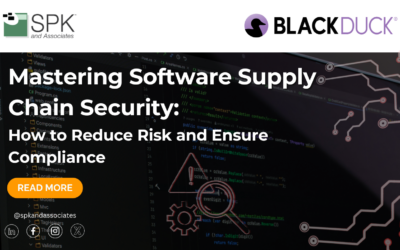IT outsourcing relationships can be fraught with challenges, ranging from communications breakdowns between client and provider to issues surrounding performance. If an IT outsourcing agreement isn’t meeting your company’s expectations (e.g. SLA targets are missed; anticipated cost savings haven’t materialized), here are five steps your decision makers can take to examine their options:
- Have frank and candid discussions with the IT outsourcing provider to determine whether the relationship can be salvaged. Sometimes perceptions around under-performance can be chalked up to poor communications between the outsourcing customer and provider. Some outsourcing clients mistakenly enter into agreements with the notion that once the management of an IT activity has been transitioned to a third party that they’ve washed their hands of it. Outsourcing customers need to continually monitor the performance of the work being done by a third party. This includes maintaining regular communications with one or more liaisons at the IT outsourcing provider to regularly gauge where things are at and quickly identify and correct any issues that emerge.
- Weigh penalties for non-performance or underperformance. When performance issues do arise, outsourcing customers should closely examine the causes. In some cases, the issues can be traced back to the client’s operations or processes that haven’t been rectified. These issues can contribute to performance problems incurred by the provider. In other instances where an outsourcing provider clearly isn’t meeting its requirements, you should first try to work through the issues with the provider, particularly if this is the first such instance of underperformance or off-target results, in order to salvage the relationship. Still, any threats of invoking penalties need to be communicated clearly between both parties that any continued underperformance will result in penalties after an agreed-to period of time (say three months) and that such penalties can be backdated to the initial point of underperformance as spelled out in the contract.
- Meet with an IT outsourcing consultant to explore all available options. For any number of reasons (e.g. a disintegrating relationship, consistent underperformance), sometimes it’s best for an outsourcing customer to explore all available options. An impartial outsourcing consultant can offer a variety of recommendations that could potentially include dividing responsibilities for a comprehensive IT outsourcing agreement among multiple providers that each have strengths in particular disciplines.
- Speak with competitive outsourcing providers to discuss how they would approach the IT activity differently. If your organization evaluated multiple outsourcers before selecting a vendor, chances are you’ve developed relationships with different providers. There’s no harm in shopping around and evaluating how other IT outsourcing providers would solve a persistent performance issue. If your organization has already determined that the existing outsourcing relationship cannot be rescued, then it’s time to start moving on and evaluating available options.
- Consider whether it’s worthwhile to bring the IT activity back in-house. If the decision to outsource an IT activity was based on the determination that an experienced third party could manage the operation more efficiently and cost effectively, then bringing the IT function back in-house probably doesn’t make sense. However, outsourcing may reveal that there were aspects of internally managed processes that could be improved, thus making insourcing a potential option.







